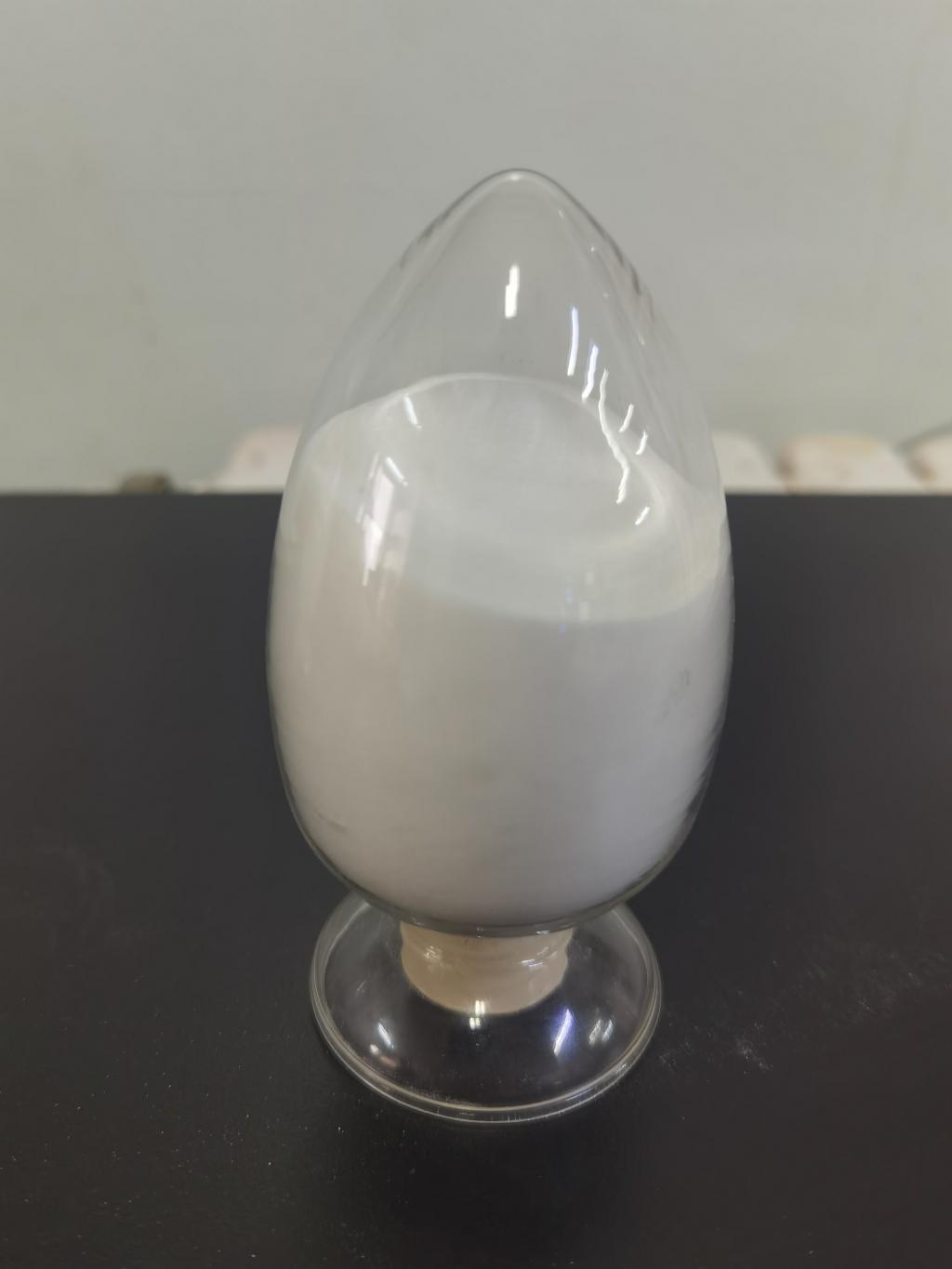Tel:+8618231198596

News
 CONTACT
CONTACT
 CONTACT
CONTACT
- Linkman:Linda Yao
- Tel: +8618231198596
- Email:linda.yao@dcpharma.cn
- Linkman:CHARLES.WANG
- Department:Overseas
- Tel: 0086 0311-85537378 0086 0311-85539701
News
Current Position:
Home >
News
>Tailoring ε-Polylysine Hydrochloride for Targeted Antimicrobial Applications
Tailoring ε-Polylysine Hydrochloride for Targeted Antimicrobial Applications
TIME:2024-01-15
Understanding the Versatility of ε-Polylysine Hydrochloride:
The versatility of ε-polylysine hydrochloride lies in its natural origin and potent antimicrobial activity against a broad spectrum of bacteria and fungi. This cationic polymer disrupts bacterial cell membranes, making it an effective tool for inhibiting microbial growth. Tailoring ε-polylysine hydrochloride involves customizing its properties to address the unique challenges and requirements of different industries, opening avenues for targeted antimicrobial applications.
Customizing Properties for Food Preservation:
Food preservation is a primary application of ε-polylysine hydrochloride, and tailoring its properties for this purpose involves several considerations:
a. Dosage Optimization: Customizing the dosage of ε-polylysine hydrochloride is crucial for effective microbial inhibition without compromising the sensory qualities of food products. Dosage optimization ensures that the preservative meets specific requirements for different food matrices.
b. Formulation Innovation: Tailoring ε-polylysine hydrochloride for food preservation includes exploring innovative formulations and delivery systems. Advances in encapsulation techniques, microencapsulation, and nanotechnology contribute to enhancing the stability, solubility, and controlled release of ε-polylysine hydrochloride in various food products.
c. Compatibility with Food Matrices: Different food matrices pose unique challenges in terms of pH, texture, and ingredient interactions. Customizing ε-polylysine hydrochloride to be compatible with diverse food matrices ensures its effective application across a wide range of food products.
d. Synergistic Approaches: Tailoring ε-polylysine hydrochloride involves exploring synergistic combinations with other natural preservatives or antimicrobial agents. This approach aims to enhance overall preservation efficacy and address specific challenges associated with different food categories.
Targeting Medical Applications:
The antimicrobial properties of ε-polylysine hydrochloride extend beyond the food industry to medical settings. Customization for medical applications involves:
a. Wound Care: ε-Polylysine hydrochloride can be tailored for use in wound care products due to its antimicrobial activity. Custom formulations that promote healing while preventing microbial infections contribute to improved wound management.
b. Medical Device Sterilization: Customizing ε-polylysine hydrochloride for medical device sterilization involves developing formulations that effectively inhibit microbial growth on surfaces. This targeted application contributes to maintaining aseptic conditions in medical settings.
c. Antimicrobial Coatings: ε-Polylysine hydrochloride can be tailored for the development of antimicrobial coatings on medical surfaces. These coatings provide an additional layer of protection against bacterial contamination in hospitals and healthcare facilities.
Tailoring for Agricultural Practices:
Agricultural settings face challenges related to crop protection and soil health. Tailoring ε-polylysine hydrochloride for agricultural applications involves:
a. Crop Protection: Customized formulations of ε-polylysine hydrochloride can be explored for crop protection against bacterial and fungal pathogens. This targeted approach contributes to sustainable and environmentally friendly agricultural practices.
b. Soil Health: Customizing ε-polylysine hydrochloride for soil health applications involves exploring formulations that promote beneficial microbial activity in the soil while inhibiting harmful pathogens. This targeted approach contributes to sustainable and resilient agriculture.
Addressing Challenges in Tailoring:
While tailoring ε-polylysine hydrochloride offers exciting possibilities, challenges exist in achieving optimal customization. Some challenges include:
a. Dosage Precision: Achieving precision in dosage customization is essential for maintaining the balance between effective antimicrobial activity and minimal impact on sensory attributes. Striking this balance requires detailed research and formulation expertise.
b. Compatibility Across Industries: Customizing ε-polylysine hydrochloride for targeted applications in different industries necessitates addressing the diverse requirements and challenges unique to each sector. Achieving compatibility across industries requires interdisciplinary collaboration and a nuanced understanding of sector-specific needs.
c. Regulatory Considerations: Tailoring ε-polylysine hydrochloride for targeted antimicrobial applications involves navigating regulatory landscapes in various industries. Compliance with regulations and obtaining approvals for specific applications is crucial for the successful adoption of customized formulations.
Future Directions in Tailoring:
The future directions in tailoring ε-polylysine hydrochloride for targeted antimicrobial applications involve:
a. Precision Formulation: Advancements in precision formulation techniques will contribute to tailoring ε-polylysine hydrochloride with greater precision, allowing for targeted applications in diverse industries.
b. Industry-Specific Research: Industry-specific research initiatives will play a pivotal role in understanding and addressing the unique challenges and requirements of different sectors. Collaborative research efforts will contribute to the development of customized formulations.
c. Sustainable Practices: Future directions include exploring sustainable practices in the production and application of customized ε-polylysine hydrochloride formulations. This aligns with the growing emphasis on sustainability and environmentally friendly solutions across industries.
d. Global Collaboration: Collaborative efforts on a global scale will be crucial for sharing knowledge, best practices, and regulatory insights related to tailoring ε-polylysine hydrochloride. Global collaboration facilitates the development of standardized approaches for customization.
Conclusion:
Tailoring ε-polylysine hydrochloride for targeted antimicrobial applications represents a significant advancement in the pursuit of effective and natural solutions across diverse industries. From food preservation to medical applications and agricultural practices, customization allows for precision in addressing specific challenges and requirements. As research continues to uncover the full potential of ε-polylysine hydrochloride, interdisciplinary collaboration, precision formulation techniques, and sustainable practices will shape its role in enhancing antimicrobial applications tailored to meet the evolving needs of various industries.
- Tel:+8618231198596
- Whatsapp:18231198596
- Chat With Skype







